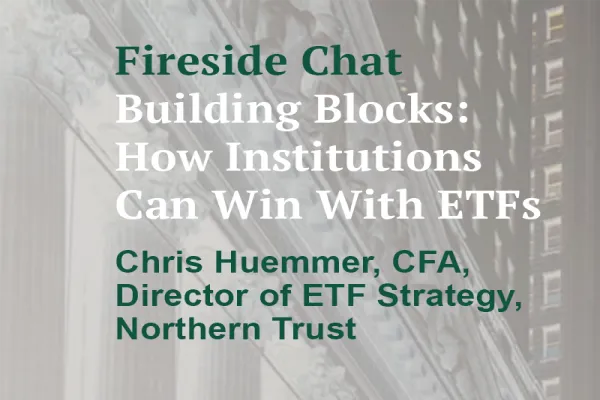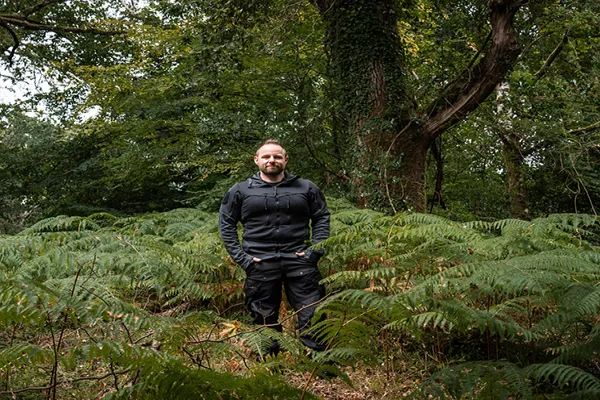After a major liquidity event, building a family office may seem urgent, but experts warn against rushing into investment decisions. The first phase should focus on governance and operations rather than portfolio strategy.
The first thing to think about is personnel. Skye Young, who leads the personal services advisory at Parere Advisory, said that while allocation strategy is crucial in the early stages, it should not be the first decision made. Instead, she suggested appointing someone to fill a coordinator-type role to help the family make key decisions — think a chief of staff, or something similar. According to Young, it is important that this person works directly for the family, not the family office.
“A common mistake that people make is hiring a CIO as the first hire, because most of the time they don’t have the skill set nor the desire to do all the administrative and operational work that’s required to even get the office to a point where they have the correct mechanisms set up to be able to make investments,” she said.
Using a centralized coordinator that can run personnel management will allow the family office to grow slowly and robustly in the strategic direction the family desires.
To ensure the family office is sustainable, it is also imperative to establish a mission statement early on. This will define what the family is and will act as a guide for every future decision that is made, from investments to recruitment.
India Wooldridge is founder of Catalyst Wealth, a London-based company that works with families to help them establish this cohesive ethos. She said that having this discussion early on may highlight competing ideologies and allow families to resolve them quickly. She recommended asking what impact the family wants to have and how best to articulate that with investment and philanthropic decisions.
“Once a family is aligned, then everything should be in sync with what they stand for,” she said.
This will strengthen the family office’s ability to create trust and governance documents and even an investment strategy. It allows the family and everyone working within the family office ecosystem — from employees in the office to external advisors — to understand the direction of travel. “Once you have that, the operational efficiencies that come from it have a huge impact,” Wooldridge said.
Another key aspect is deciding which individuals constitute the family; in other words, who is in and who is out. A first-generation principal’s family is simple, but it becomes more complex after factoring in other peripheral family members and siblings.
Deciding who benefits from the family office is one of the first things that a family should do, according to Scott Saslow, founder of impact investor OneWorld Investments and author of a book on how to build out a sustainable family office.
“It’s very traditional to say that there must be bloodline connection to the patriarch or matriarch and a lot of the time that is what unfolds,” he said. “But there are a lot of specific cases that need to be considered like in-laws or how to handle an existing divorcee.”
Saslow said he hears of families being tripped up on this issue time and time again. He recommended establishing “who are the real customers here.”
And like with a mission statement, “whatever your stand may be, just define it and then be clear about it,” he said.
Making this decision early on can help with future generational transfers and set a guideline for what will happen once those generations branch off into larger families. It also means that future generations are less likely to inherit messy structures, Saslow added.







